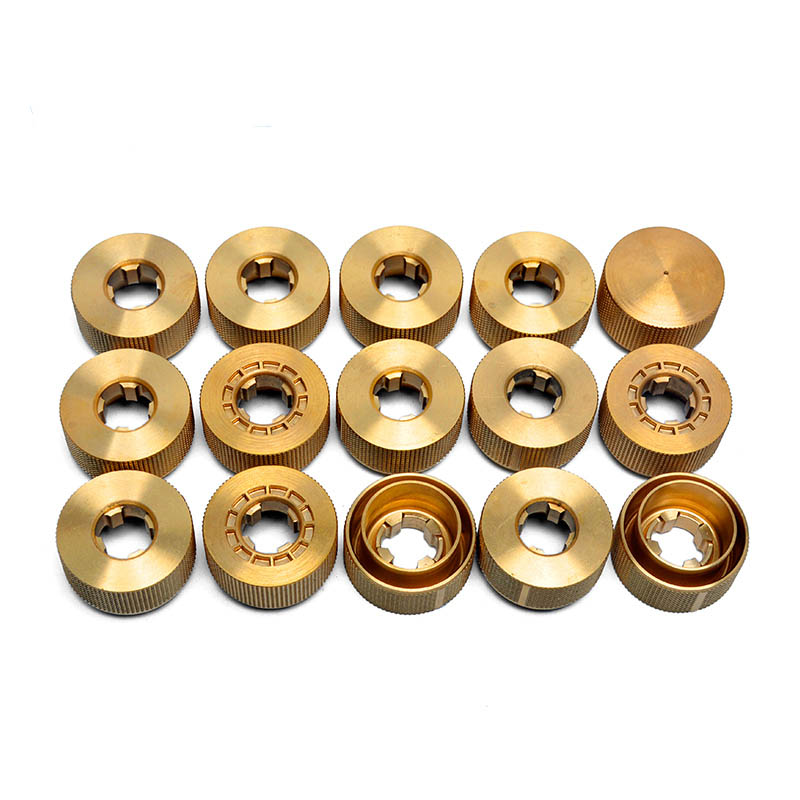
Spindle: The spindle of a CNC mill is designed to spin at a very high rotational speed while withstanding high lateral loads without excessive deflection. The spindle is driven with a variable-speed motor and the rotation is transmitted to the cutting tool via a tool holder.
Tool Holder: The tool holder is clamped to the spindle using hydraulics and is designed to clamp onto the tool.
Machine Bed: The machine bed is the base structure on which the machine’s other components are mounted. It’s typically made of cast iron or heavy steel to provide a stable foundation for the machine. The bed includes the X, Y, and Z-axis ways — the linear guides or ball screws that control the movement of the machine’s components along the axes. The bed also houses the machine’s electrical and mechanical systems, including the control panel, spindle, and drive motors. The machine bed is the foundation of the machine and its rigidity is vital for accuracy and precision.
Worktable: The worktable of a CNC mill sits on the machine bed. It is typically flat, with slots or holes for the clamps used to hold the workpiece. Standard CNC mills have a worktable that moves in the X and Y directions, whereas some advanced 5-axis CNC mills can swing and rotate the bed to facilitate more advanced machining operations.
Drive Components: Servo motors are used to move the machine bed and spindle. These servo motors use linear drive elements, like ball screws, to transform rotational motion into precise linear motion. Linear guides are used to ensure accurate and precise motion along the relevant axis with few deviations.
Coolant Tank: The coolant tank of a CNC mill is used to store coolant used during machining. The coolant is pumped to the machine tool via a coolant line — but in more advanced machines, coolant is supplied directly to the tool through the spindle.
Controller: The controller refers to the electrical hardware used to communicate the machining instructions to the various electro-mechanical components of the machine, including drive motors, coolant pumps, and chip conveyors.
Interface: The interface of a CNC mill is often a screen and keyboard attached to the machine. The machine can be directly controlled using this interface, and some very basic CNC programming can also be carried out through the same interface.